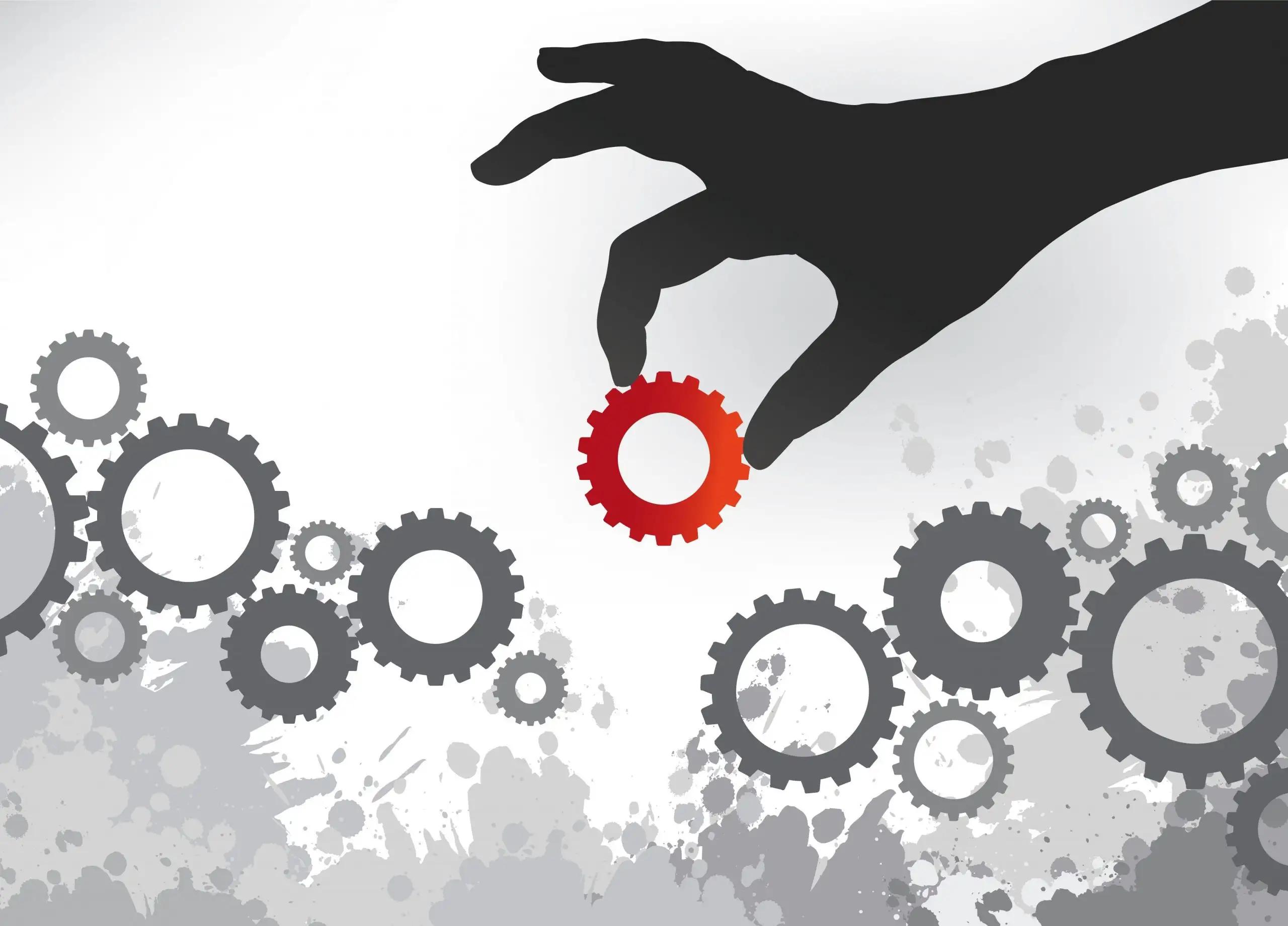As the world of commerce races forward at the speed of light, earning true values has become the new benchmark of success for businesses. Enter theCustomer Loyalty Program, a powerful engine that propels enterprises into the hearts and minds of consumers, forging undeniable loyalty bonds that transcend time and distance. The innovative use of technology and data analytics has revolutionized the way businesses engage with their customers, leading to a new era of customer satisfaction and retention. A walk down the aisles of history has revealed a rich tapestry of successful loyalty programs, influencing industries and shaping consumer behavior. Dive into the captivating world of Customer Loyalty Programs and explore the invaluable gems of earning true values from a new perspective.
Table of Contents
- 1. The Importance of Customer Loyalty Programs: Unlocking True Value
- 2. A Deep Dive intoEffective Programs: Strategies for Success
- 3. Rewarding Customer Engagement: Measureable Results and Recommendations
- Q&A
- Closing Remarks

1. The Importance of Customer Loyalty Programs: Unlocking True Value
Customer loyalty programs have become an integral part of modern businesses, as companies strive to maintain a steady flow of customers and enhance customer satisfaction. These programs offer numerous benefits for both businesses and consumers alike, such as:
- **Cost savings and increased revenue**: By offering incentives and exclusive discounts to loyal customers, businesses can boost sales and reduce overall marketing costs. Furthermore, loyal customers are known to spend more and return often, resulting in higher profits for the company.
– **Enhanced customer experience**: Customer loyalty programs provide a personalized touch to the shopping experience, as members can earn rewards and unlock special privileges. This helps businesses maintain a competitive edge and foster a sense of belonging among customers.
– **Increased customer retention**: Loyalty programs not only encourage repeat purchases but also make it easier for customers to choose a particular brand. Research has shown that customers who participate in loyalty programs are 5 times more likely to return to the same brand than those who don’t.
A prime example of a successful customer loyalty program is Airasia’s ‘Ace 360’ program. This program offers several perks, such as:
– **Frequent flyer miles**: Members earn points for every flight they take, which can be redeemed for free flights or upgraded to a more comfortable class.
– **Special bonuses**: Exclusive discounts and freebies are offered for shopping, dining, and travel.
– **Extra baggage allowance**: Members enjoy an additional 20 kg of checked-in baggage.
By offering these incentives, Airasia has successfully attracted and retained a large number of loyal customers, driving sales and creating a sense of community among its members. Therefore, implementing customer loyalty programs is not just about financial gain but also about fostering long-lasting connections and satisfying your customers’ needs.
2. A Deep Dive intoEffective Programs: Strategies for Success
Customer loyalty programs have become a staple in the business world, with many companies investing in these strategies to foster long-lasting relationships with their customers. These programs aim to encourage repeat business and maintain a strong brand presence in the minds of their consumers. There are several strategies employed by businesses to ensure their loyalty programs are effective, including:
-
Rewards and Benefits: Businesses often offer incentives such as discounts, freebies, or special privileges to encouragement customer engagement and loyalty. By offering valuable rewards, companies can entice customers to continue using their products or services, ultimately leading to higher customer retention rates.
- Point Accumulation: Loyalty programs often involve a point system, where customers earn points for their purchases, which they can later redeem for rewards. This tactic encourages customers to make more frequent purchases, as they can accumulate more rewards.
-
Tiered Benefits: As customers accumulate points, they may unlock additional benefits or levels of loyalty within the program. This creates a sense of progression and motivation for customers to continue engaging with the program and reaching higher levels.
-
Personalized Experiences: Loyalty programs can also offer personalized benefits based on customer preferences, behaviors, or demographics. This way, the customer feels valued and catered to, further fueling loyalty.
An example of a successful customer loyalty program is the Starbucks Rewards program. This program provides members with a personalized experience and offers them the chance to earn and redeem Starbucks Rewards Stars for free drinks, food, and merchandise. With over 65 million participants worldwide, the Starbucks Rewards program showcases the power of customer loyalty and the potential rewards for businesses that invest in such strategies.
3. Rewarding Customer Engagement: Measureable Results and Recommendations
Customer loyalty programs have emerged as a crucial tool for businesses to reward and incentivize customer engagement. By offering unique benefits and rewards to regular customers, companies can foster long-lasting relationships and gain a competitive advantage in the market. In this post, we’ll delve into the measureable results and recommendations that can help businesses maximize the potential of their customer loyalty programs.
First and foremost, customer loyalty programs provide tangible benefits to both the customers and the businesses. Some of these benefits include:
– Increased customer satisfaction: When customers receive valuable rewards and perks, they are more likely to feel appreciated and satisfied with their shopping experiences. This, in turn, can lead to higher rates of repeat purchases and referrals. For example, a hotel might offer discounts on beauty treatments or dining credits for their loyalty program members, enhancing their overall stay experience.
- Cost savings for businesses: Loyalty programs can help businesses save on marketing and promotional expenses. With repeat customers who are already aware of the brand’s offerings, businesses can allocate their resources towards other areas like product development, expansion, or staff training.
In order to ensure the success of a customer loyalty program, it’s essential to implement some best practices:
– Select the right rewards: Rewards should be attractive, rewarding, and easily redeemable. For instance, offering points that can be exchanged for cash back or free products and services is an effective way to encourage customer engagement.
– Communicate effectively: Make sure that your loyalty program is well-communicated to your customers. This includes informing them about program details, redemption options, and any changes made to the program. Regularly updating and refining your communications can help keep customers engaged and ensure long-term success.
– Track and analyze data: Measure your loyalty program’s effectiveness by tracking key performance indicators (KPIs) such as customer sign-ups, redemptions, and conversion rates. This data can provide valuable insights into your program’s efficacy and help you make data-driven improvements.
In conclusion, customer loyalty programs offer significant potential for businesses to increase customer satisfaction, save on marketing expenses, and ultimately drive long-term growth. By implementing the right rewards, communication strategies, and data tracking measures, businesses can maximize the value their loyalty programs deliver and foster strong, lasting connections with their customers.
Q&A
Question: How do customer loyalty programs contribute to earning true values?
Answer: Customer loyalty programs are innovative strategies designed by businesses to encourage repeat purchases and foster customer relationships. These programs offer various benefits to the customers and help businesses earn true values in several ways.
– Rewarding customers: Loyalty programs reward customers with exclusive offers and discounts based on their frequent shopping or purchasing habits. This encourages customers to return to the brand more often, leading to increased sales and profits. In the long run, these programs help businesses earn true values by keeping the customers satisfied and engaged.
– Strengthening brand image: By offering exclusive perks and services through their loyalty programs, businesses can create a strong brand loyalty among customers. This strong brand image attracts new customers and keeps existing ones, resulting in increased sales and revenue for the business.
- Community building: Loyalty programs often create a sense of camaraderie among the customers who participate. This creates a community around the brand, where customers feel valued and appreciated. This community spirit can lead to word-of-mouth promotion, which is one of the most effective ways to earn true values.
– Data-driven decision making: Modern loyalty programs collect and analyze a wealth of data on customer behavior, helping businesses make data-driven decisions. This data can reveal trends, patterns, and customer preferences that can be used to enhance products and services. This makes businesses more efficient and competitive, ultimately leading to higher true values.
– Retaining valuable customers: As customers receive unique benefits and personalized treatment, they feel more valued and appreciated. This loyalty breeds lifetime customer loyalty and can help businesses earn true values by retaining their most valuable customers.
In conclusion, customer loyalty programs can contribute significantly to earning true values for businesses. By rewarding customers and strengthening brand image, community building, data-driven decision making, and retaining valuable customers, these programs can lead to increased sales, profits, and long-term success for businesses.
Closing Remarks
In conclusion, customer loyalty programs have indeed proven to be a powerful force in the competitive business landscape. By offering incentives and rewards that foster repeat purchasing, these programs have the potential to dramatically impact a company’s bottom line. The concept of ”earning true values” through such programs is a timeless one, as it ultimately translates to strong relationships and long-term success.
As we reflect on the journey we’ve taken through this article, we cannot help but acknowledge the importance of recognizing and appreciating the significance of loyal customers. It is they who have made and continue to make the difference between mere transactions and lasting connections. It is they who have shown us that true value lies not merely in financial gains, but in the intangible rewards of mutual respect and understanding. As businesses continue to strive for ways to differentiate themselves and stay ahead in this fast-paced world, customer loyalty programs will remain a cornerstone in the pursuit, offering a truly invaluable sense of true value.
From the seeds sown in this article, let us nurture the influence of customer loyalty programs in our own lives and careers, potentially fostering an ecosystem of reciprocal appreciation that can thrive in today’s increasingly interconnected world. As we let go of artificial barriers that separate us and embrace the interconnectedness of it all, we can truly appreciate the endless possibilities that lie before us. And so, as wecome together to celebrate the true value that customer loyalty programs bring, let us raise our glasses high in a toast to the resilience of human connections and the boundless potential they unlock. Cheers!

